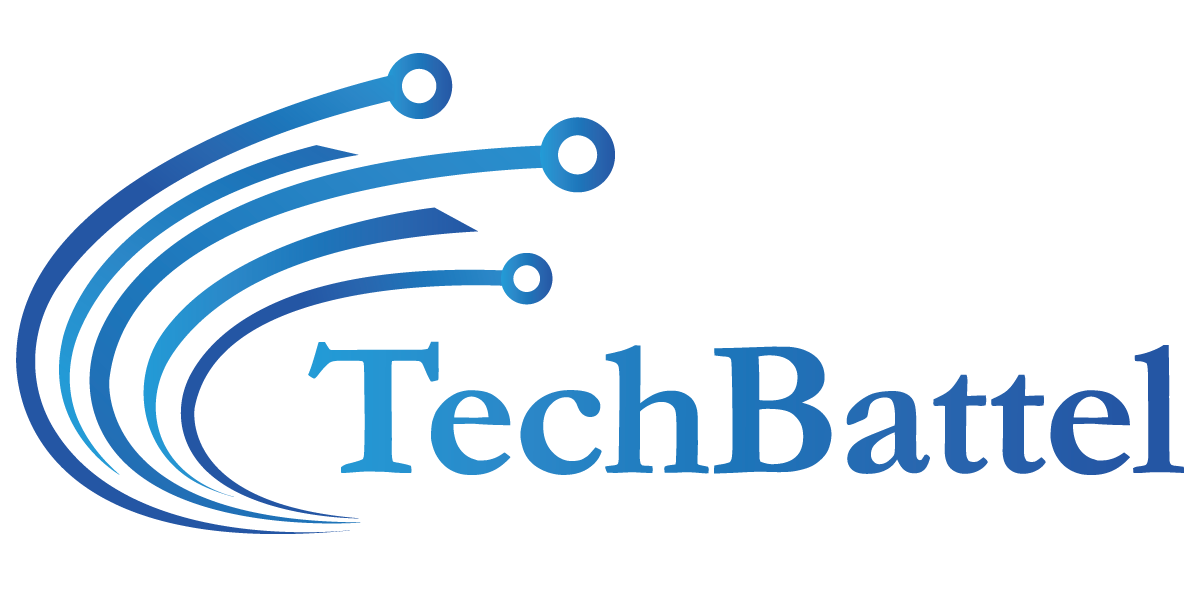Before data science became mainstream, data quality was typically mentioned in reports delivered to external or internal clients. Due to the complexity of machine learning, organizations now need internal datasets that can be used for training. This has led to rapidly adopting new data sources that can add value to their operations.
Due to the increasing importance of data quality, it is now more important than ever that organizations implement effective data management techniques. This article provides a comprehensive overview of the various steps in building a data pipeline to sustain good data quality. Instead of fixing issues, organizations should start by ensuring that they have good data. For example, one can opt for quality data collection software for this reason.
What is Data Quality?
High-quality data is typically when it complies with the requirements of its users, such as those used in decision-making and processes. Good data quality can also influence customer satisfaction and the life cycle of a product.
The quality of data affects various aspects of a company’s operations, such as customer satisfaction and regulatory compliance. The five main criteria that are used to measure data quality include completeness, accuracy, timeliness, relevancy, and consistency.
Steps to Ensure Consistent and Accurate Data
1. Control Incoming Data and Implement Thorough Data Profiling
The source of the data can usually cause bad data. In most cases, the data that an organization receives is not from the company or its department. Instead, it can come from other sources, such as third-party software. Having strict control over the incoming data is one of the most important factors organizations should consider regarding data quality. Quality data collection tools should be able to examine the following aspects:
•Data abnormalities and value distributions
•Data consistency for each record
•Data patterns and format
•Completeness of data
Organizations should automate the various steps involved in profiling and quality checks for incoming data. This will allow them to monitor and control the quality continuously. Another important step that an organization should take is to establish a central KPI and catalog system to ensure that the data is accurately recorded and monitored.
2. Avoid Duplicate Data With a Careful Incoming Data Pipeline
Duplicate data is a type of data that is created from the same source but with different logic and people involved in its creation. This can cause different results and affect data synchronization across different databases and systems. Unfortunately, fixing a data issue can take time and effort to do.
A proper data pipeline is an essential part of an organization’s operations to prevent data duplication. It should be designed and built so that it can easily be accessed and utilized by all of its employees. Having a clear communication channel between the different departments and the data is vital to maintain data quality.
3. Gather Data Requirements Accurately
Having good data quality is crucial to deliver the correct and timely information to the users and clients of an organization. This process involves understanding the various aspects of the data and ensuring that they are presented clearly and effectively.
Good data analysis is a must to ensure that the organization can understand the value of the data they gather. The requirements should capture all scenarios and dependencies. If they are documented and reviewed, it’s considered complete.
4. Enforce Data Integrity
An essential feature of a relational database is its ability to enforce data integrity using various techniques such as triggers, foreign keys, and constraints. When an organization’s data grows significantly, it becomes difficult to maintain a single database system for all of its data.
Strict referential enforcement is required for applications and processes to perform their duties properly. In today’s data world, enforcing referential integrity is more complex than ever. With the proper mindset about this process, the referenced data might become updated and even be completed.
To achieve good data quality, an organization must have a robust data governance process that regularly monitors and manages incoming data. This process should be complemented with thorough regression testing and the design of pipelines. Organizations need this to prevent various issues from happening.

